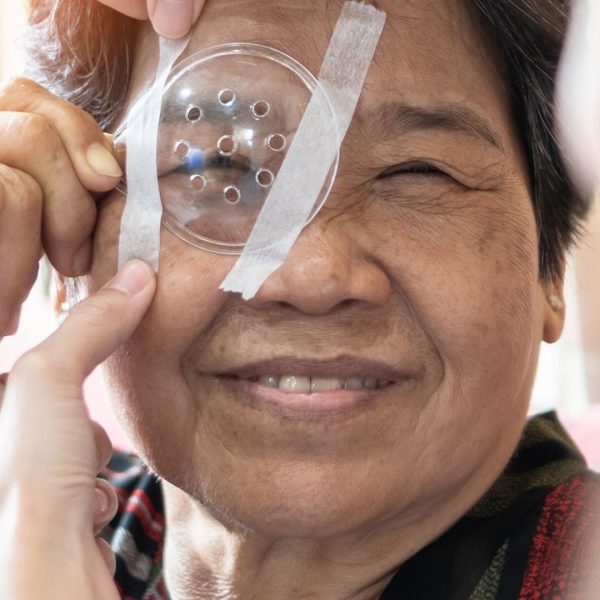What Is Diabetic Retinopathy?
Diabetic retinopathy is a common complication of diabetes. It occurs when high blood sugar levels damage the cells at the back of the eye, known as the retina. If it is not treated, it can lead to blindness.
Diabetes can lead to the development of several sight threatening eye conditions, including glaucoma, cataracts, and diabetic retinopathy. In some people with diabetes, if blood sugar levels are not properly controlled, the blood vessels supplying the retina can leak or become blocked, causing loss of vision. Therefore, it is important for people with diabetes to keep their blood sugar levels under control to ensure that their sight is protected.
The only currently available treatment for diabetic retinopathy is by regular injections into the eye which, while effective in some patients, present several drawbacks, not least the inconvenience to patients of regular (often monthly) visits to clinic.
1,280 new cases a year
In England, around 1,280 new cases of blindness are caused by diabetic retinopathy each year. In addition, another 4,200 people every year are considered at risk of blindness as a result of this eye condition.
Causes of diabetic retinopathy
The retina is the light-sensitive layer of cells at the back of the eye. It converts light into electrical signals, which are sent to the brain through the optic nerve. Once received, the brain interprets these signals to produce the images that you see.
To work effectively, the retina needs a constant supply of blood, which it receives through a network of tiny blood vessels.
Over time, continuously high blood sugar levels can cause the blood vessels to become blocked or to leak. This damages the retina and stops it from working, usually in 3 main stages:
- background retinopathy – tiny bulges develop in the blood vessels, which may bleed slightly but this doesn’t usually affect vision
- pre-proliferative retinopathy – more severe and widespread changes affect the blood vessels, including more significant bleeding into the eye
- proliferative retinopathy – scar tissue and new blood vessels, which are weak and bleed easily, develop on the retina. This can result in some loss of vision.
Symptoms of diabetic retinopathy
During the initial stages, retinopathy does not cause any noticeable symptoms. You may not realise that your retina is damaged until the later stages, when you start to experience visual loss.
If you have diabetes and start to notice problems with your vision, contact your GP or diabetes care team immediately.
Possible symptoms of late-stage retinopathy include:
- shapes floating in your field of vision (floaters)
- blurred vision
- reduced night vision
- sudden blindness
Diagnosis of diabetic retinopathy
As retinopathy can cause blindness, it is very important that it is identified and treatment starts as early as possible.
The NHS Diabetic Eye Screening Programme aims to reduce the risk of vision loss in people with diabetes. This is done by identifying retinopathy at an early stage and ensuring that appropriate treatment is given as soon as it becomes necessary.
It is helpful to know that everyone with diabetes, who is 12 years of age or over, is invited for screening once a year. If you are invited to a screening appointment, it is important that you attend as it could save your sight.
Preventing diabetic retinopathy
To reduce your risk of developing retinopathy, it is important to control your blood sugar levels and keep your blood pressure as close to normal as possible.
Other steps that you can take to help prevent retinopathy include:
- attending your annual screening appointment
- informing your GP if you notice any changes to your vision (do not wait until your next screening appointment)
- taking your medication as prescribed
- losing weight (if you’re overweight) and eating a healthy, balanced diet
- exercising regularly
- giving up smoking
Treatment of diabetic retinopathy
Treatment for retinopathy will depend on the stage the condition has reached. For example, if retinopathy is identified in its early stages, it may be possible to treat it by controlling your diabetes more effectively.
If you have more advanced retinopathy, you may need to have injections into your eye or laser surgery to prevent further damage to your eyes.
Saving sight through pioneering research
Resources
- XXXXXXXXXX X XXXX XXXXX
- XXXXXXXXXX X XXXX XXXXX
- XXXXXXXXXX X XXXX XXXXX
- XXXXXXXXXX X XXXX XXXXX





